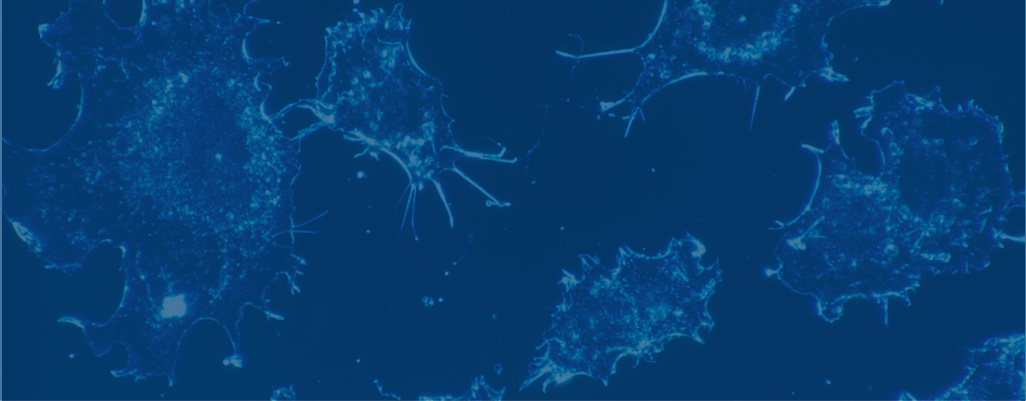addDECAMP-1 PLUS
DECAMP-1 PLUS Goals
The broad goals of the DECAMP studies — DECAMP 1 and 2 and the newest study DECAMP-1 PLUS – Prediction of Lung Cancer Using Noninvasive Biomarkers — are to develop and validate molecular biomarkers that can serve as tools for the early detection of lung cancer. Biomarkers are measurable biological markers that point to the presence or absence of a disease or bodily change. Through DECAMP-1 PLUS, researchers hope to learn if biomarkers found through simple blood, stool and other tests could one day be used as tools to predict, diagnose or rule out lung cancer.
Investigating simple lung cancer tests
Because lung cancer is the leading cause of cancer-related death in the United States and the world, and it is often not detected until it has spread to other parts of the body, researchers are working hard on approaches to detect lung cancer at its earliest, most treatable stages. Indeed, in DECAMP-1 PLUS, researchers aim to learn if a lung nodule — a small, round-shaped growth that often occurs in the lungs from scarring, inflammation, or infection — seen on an imaging scan can be more easily or more quickly predicted to be benign (noncancerous) or malignant (cancerous) using certain simple, noninvasive or minimally invasive tests of blood, stool and cells found in the mouth and nose. When collected for research, these bodily substances are called biospecimens.
In this study, researchers will look for certain measurable biomarkers within the biospecimens. Once the biomarkers are measured, scientists may see if they point to the presence or absence of lung disease or a bodily change. Researchers will compare the study participants’ biomarker results to their final diagnosis.
Who is participating in DECAMP-1 PLUS?
DECAMP-1 PLUS participants must have been recently diagnosed with an indeterminate lung nodule. These lung nodules are called indeterminate because doctors cannot yet determine if the nodule will or will not become cancerous. Additionally, participants will provide biospecimens (i.e., blood, stool and cells found in the nose).
|
DECAMP-1 PLUS Eligibility Criteria
Note: The focus of this study is on smokers and former smokers, as 80-90 % of lung cancer is directly attributable to smoking. Source: Centers for Disease Control and Prevention |
A total of 500 people from 17 institutions including three Veterans Administration hospitals, three military treatment facilities, and 11 academic hospitals are taking part in this voluntary study. Taking part in the study will not make participants better or improve their health, but patients in the future may benefit from this research.
Research leadership and sponsor
Study lead researcher and principal investigator:
- Ehab Billatos, MD, Assistant Professor of Medicine, Boston University School of Medicine
Co-principal investigators:
- Denise Aberle, MD, Professor of Radiology, University of California Los Angeles Medical Center
- George Washko, MD, Associate Professor of Medicine, Harvard Medical School
- Fenghai Duan, PhD, Associate Professor of Biostatistics, Brown University
- Humam Kadara, PhD, Associate Professor, The University of Texas MD Anderson Cancer Center
- Junya Fujimoto, MD, Assistant Professor, The University of Texas MD Anderson Cancer Center
The study is sponsored by Johnson & Johnson Services, Inc., with scientific oversight from Boston University.
Janssen, the pharmaceutical arm of Johnson & Johnson, and Boston University are working together to predict and prevent lung cancer and chronic obstructive pulmonary disease (COPD).
Study operations
The American College of Radiology serves as the Operations Center for DECAMP-1 PLUS and provides project management, study site management, data management, and image management. Brown University serves as the Statistical Center and MD Anderson serves as the pathology laboratory for the study.

DECAMP 1 and 2
The Detection of Early lung Cancer Among Military Personnel (DECAMP) consortium, which includes DECAMP-1 PLUS and DECAMP 1 and 2, includes Veterans Administration hospitals, military treatment facilities, and academic hospitals as clinical study sites.